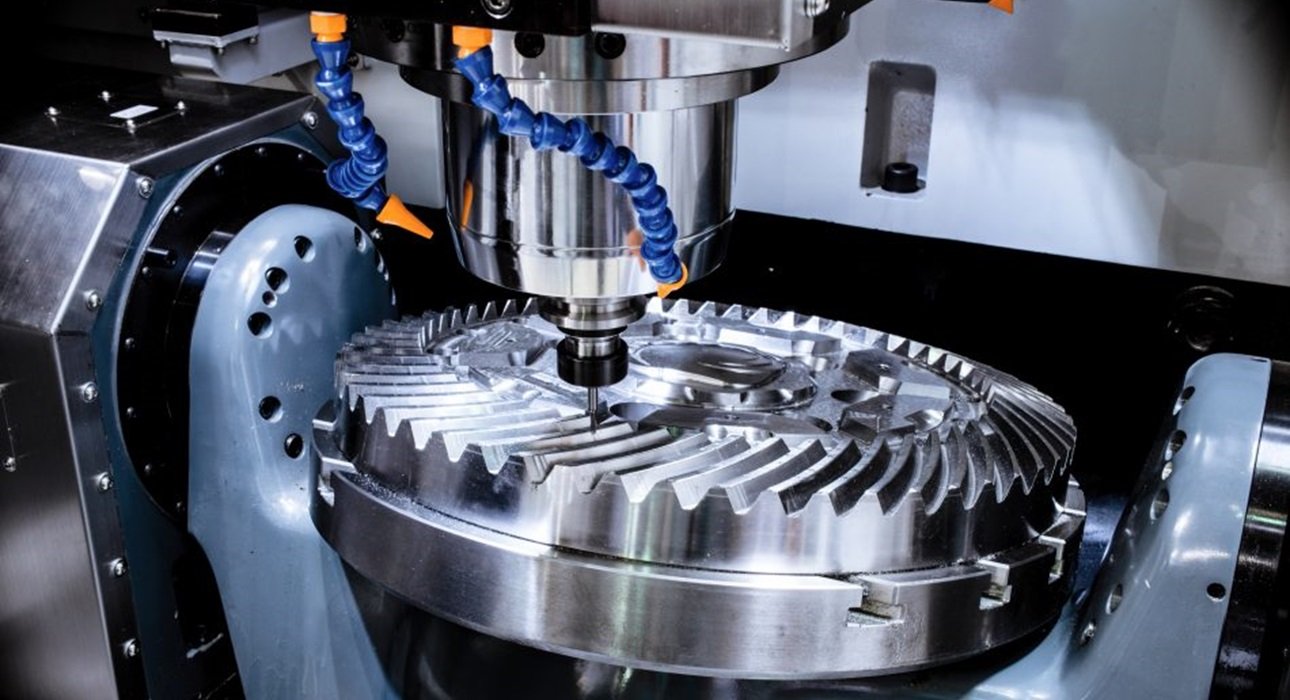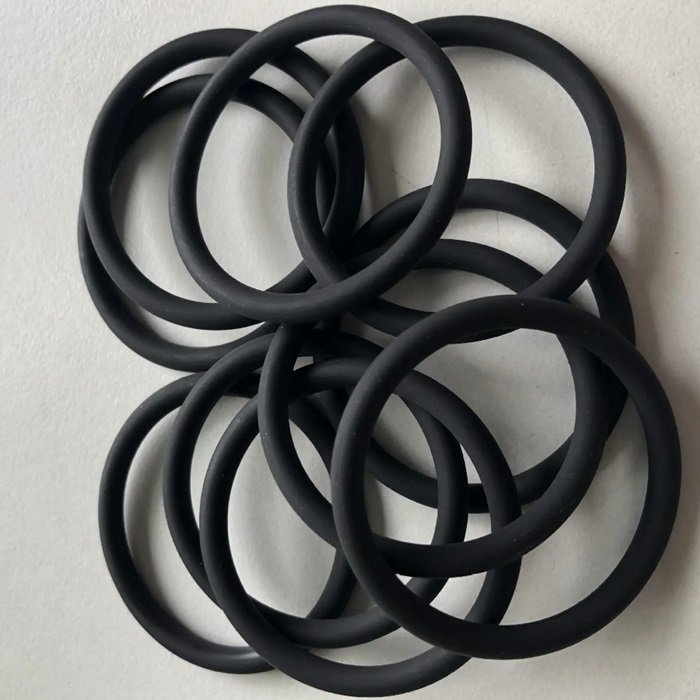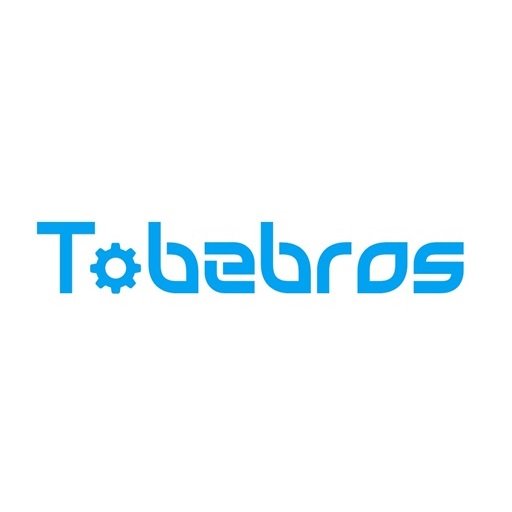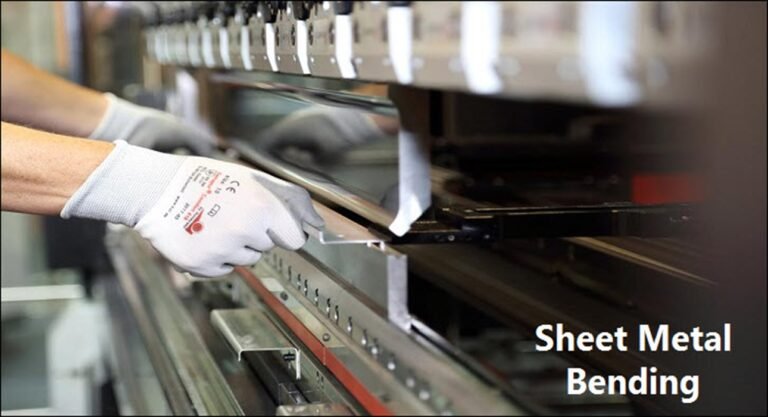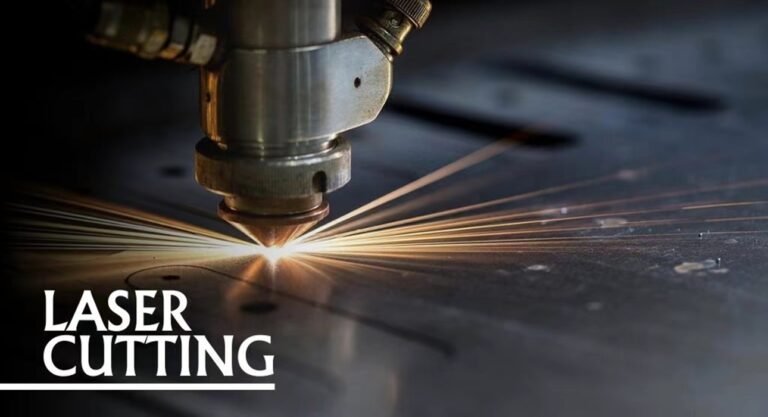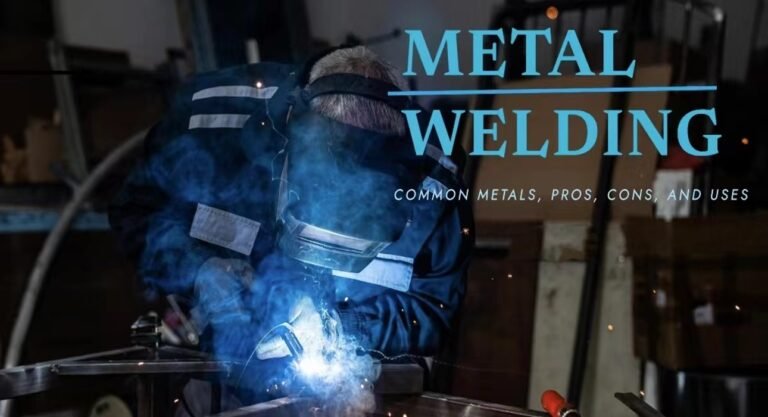CNC Machining: The Future of Precision Manufacturing
Introduction
Imagine a machine capable of turning a block of raw material into a complex, precisely engineered part with almost no human intervention. Sounds futuristic, right? Well, that’s exactly what CNC machining does, and it’s not just the future—it’s the present of modern manufacturing. CNC (Computer Numerical Control) machining has revolutionized how we produce everything from aerospace components to intricate medical devices. But how does this technology work, and why is it so vital in today’s manufacturing landscape? Let’s explore.
What is CNC Machining?
At its core, CNC machining is a manufacturing process that uses computerized controls to operate machinery and tools. Unlike manual machining, where an operator is required to guide the cutting tools, CNC machining automates the process, using pre-programmed software to dictate the movement of machinery. This automation allows for high precision, repeatability, and production efficiency that would be nearly impossible to achieve manually.
How Does CNC Machining Work?
- Designing the Part: The process begins with creating a detailed 3D model of the part using Computer-Aided Design (CAD) software. This model serves as the blueprint for the machining process.
- Converting Design into Code: The CAD file is then converted into a CNC-compatible format called G-code. This code contains specific instructions for the machine, telling it where to cut, mill, or drill.
- Setting Up the Machine: The material, which could be metal, plastic, wood, or composite, is placed on the machine. The CNC machine is then set up to execute the G-code.
- Machining the Part: Once everything is in place, the CNC machine follows the G-code instructions to shape the material into the desired part with extreme precision.
- Quality Control: After machining, the part is usually inspected for quality to ensure it meets the required specifications. Advanced CNC machines even have built-in sensors for real-time quality monitoring.
The Benefits of CNC Machining
- Precision and Accuracy: CNC machines can produce parts with tolerances as tight as 0.001 inches. This level of precision is crucial for industries like aerospace, automotive, and medical devices, where even the smallest error can lead to significant problems.
- Consistency: Once a part is programmed into a CNC machine, it can produce hundreds or even thousands of identical parts with minimal variation. This consistency is essential for mass production.
- Efficiency: CNC machining significantly reduces the time it takes to produce complex parts. With the ability to operate 24/7, these machines can work around the clock, increasing productivity.
- Flexibility: CNC machines can be reprogrammed quickly to produce different parts. This flexibility is a major advantage in industries that require frequent changes in production.
- Reduced Labor Costs: Since CNC machines are automated, they require less manual labor, reducing the overall production cost. Skilled operators are still needed, but their role shifts from hands-on machining to overseeing operations and troubleshooting.
Applications of CNC Machining
CNC machining is incredibly versatile and is used in a wide range of industries:
- Aerospace: Producing complex components like engine parts, turbine blades, and airframe structures with high precision.
- Automotive: Manufacturing engine parts, transmission components, and custom parts for high-performance vehicles.
- Medical: Creating intricate parts for medical devices, surgical instruments, and implants, where precision is critical.
- Electronics: Machining enclosures, connectors, and other small, detailed parts used in consumer electronics.
- Prototyping: Rapidly producing prototypes for new products, allowing companies to test designs before full-scale production.
Types of CNC Machines
There are several types of CNC machines, each suited to different applications:
- CNC Milling Machines: Used for cutting and drilling operations. They can move along multiple axes, making them ideal for producing complex shapes.
- CNC Lathes: Primarily used for turning operations, where the material is rotated against a cutting tool. CNC lathes are excellent for producing symmetrical objects like shafts and cylinders.
- CNC Plasma Cutters: These machines use a plasma torch to cut through conductive materials like steel and aluminum. They are commonly used in metal fabrication shops.
- CNC Laser Cutters: Utilizing a high-powered laser, these machines can cut through materials with extreme precision, often used in electronics and fine metalworking.
- CNC Electric Discharge Machines (EDM): Used for cutting hard metals or creating intricate shapes that would be difficult to achieve with traditional machining methods.
The Future of CNC Machining
As technology advances, so does CNC machining. The integration of AI and machine learning is poised to make CNC machines even more autonomous, with the ability to optimize their operations in real-time. Additionally, advancements in additive manufacturing (3D printing) are being combined with CNC machining to create hybrid machines that offer the best of both worlds—additive and subtractive manufacturing.
Moreover, the push towards smart factories and Industry 4.0 is leading to the development of CNC machines that can communicate with other machines, leading to fully automated production lines that require minimal human intervention.
Final Thoughts
CNC machining is more than just a manufacturing process—it’s a technology that’s driving innovation across multiple industries. With its ability to produce complex, high-precision parts efficiently, CNC machining is essential for modern production. As we move further into the digital age, the role of CNC machining will only grow, offering new possibilities and setting new standards in manufacturing.

